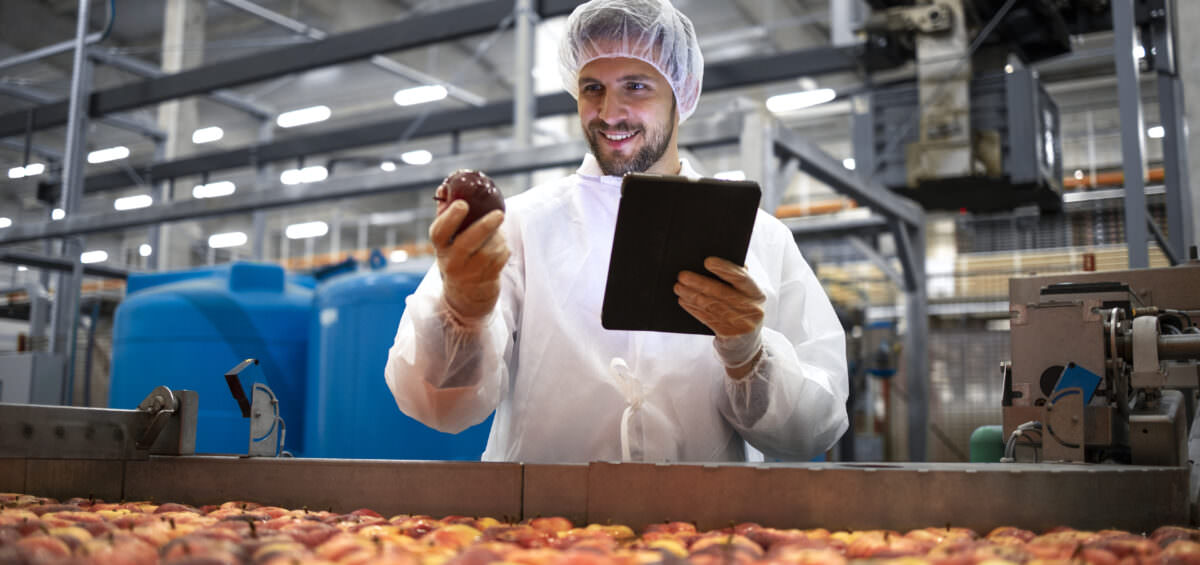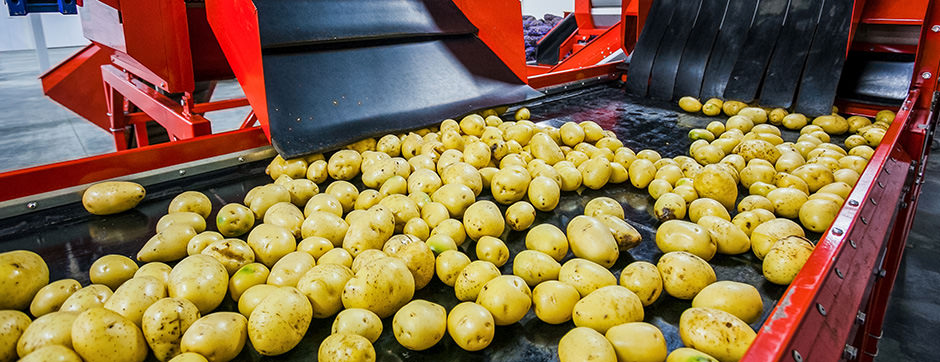Enterprise farm management systems companies are having an increase in demand and receiving more and more inquiries on a daily basis. The main question here is how food processing companies can manage a farmer supply chain easier. Some chain issues are usually ingredient availability, vendor pricing, squeezing margins etc.
Food and beverage manufacturers report that the typical availability of their primary supplier materials/ ingredients is either “readily obtainable” (44%) or “somewhat obtainable” (49%). Six percent of respondents indicate that their materials/ingredients are difficult to obtain, and one company indicates that they could not obtain their primary ingredient.
What does this mean?
They order a specific crop from the farmer, they set up the contract and pricing, but what happens from that moment up until the crop is in their warehouse—they simply do not have the information.
If we sat down with an executive at a food processing company responsible for the supply chain and ask some of these following questions, it’s possible that we wouldn’t receive a specific answer because they usually just do not know it:
- How much crop is the farmer actually producing?
- Is he doing it in the best and most efficient way possible?
- Could he do something better to ensure everything is going smoothly, from the order of crops to the point of delivering them?
- Are the producing targets realistic and achievable or did something changed in the meantime?
- Do they (food processing companies) need to find an additional vendor for the crops in case the farmer cannot produce enough as agreed initially?
- When do they need to find that vendor?
- What kind of price difference will it make?
- How much of the final product can they produce?
- Is there something they can provide in order to help their farmers have better productivity?
- And last but not least; how much money from their sales will they be able to make in the end?
They think and talk internally about these questions daily, and they don’t have one farmer or producer in their value chain, they have hundreds and thousands of them, which means a lot of question marks.
In order to answer these questions, food processing companies must receive data from the farmer in real-time. Having all the necessary information at the right time, helps them plan their activities (like sales, marketing, targets, strategies…).
Making rough estimates cost much more in the end, with very high risks for the food processing company in general!
Implementing a farm management system in place helps to fill the gap and answers all of the aforementioned questions. Both farmers and food processing companies use the same software with different feature sets.
Here are 5 key points how a Farm Management System solves the problem:
1. Reducing risk
Providing data collected from individual farmer accounts helps food processing companies to have an insight into farmers’ practices, quantity, and delivery.
2. Cost saving
Monitoring farmer accounts on one place in real-time affects traceability and their overall supply chain management. Having information about how many additional crops to purchase and when to make the purchase from another producer is crucial and directly affects the sales.
3. Transferring knowledge
Sharing advice and best practices to all farmers through one centralized system is boosting farmers’ productivity both in the short and long run.
4. Quality
Having an insight into the quality of the products they order from the manufacturers because it is important for the quality of the end products they put on the store shelves. Having this insight through a user-friendly dashboard solves this problem.
5. Traceability
A FMS solution gives an automated and real-time insight into how manufacturers produce and are they compliant with the required industry standards.
If you are working with or within a food processing company and would like a personalized presentation of how AGRIVI FMS can help increase sales and planning, contact us.
Text sources: Food Processing






